Educational Broadcasting System (EBS방송국)
13.6Km 2024-02-29
281 Hallyu world-ro, Ilsandong-gu, Goyang-si, Gyeonggi-do
The Educational Broadcasting System is a public broadcaster in Korea, specializing in educational content and based at this location. It produces a wide range of programs, including entertainment, news, and children's animation. Visitors have the opportunity to tour various facilities, such as broadcast studios and editing rooms, and can also meet characters from EBS shows.
Sulla-gil Yeah Café & Bibi (순라길 예 & 비비)
13.6Km 2025-01-23
55 Seosulla-gil, Jongno-gu, Seoul
02-3672-1599
Situated in Sulla-gil, the Sulla-gil Yeah Café & Bibi is a roaster café where each bean is handpicked. It also offers a range of wine selections. The café is a perfect place to relax after exploring downtown Seoul. The cozy atmosphere of the café with the added charm of the stone wall visible from café, makes visitors feel at ease and relaxed. The evenings here turn into a music and movie session, adding a lively atmosphere to the space.
Manboseong (만보성)
13.6Km 2021-03-26
53, Seosulla-gil, Jongno-gu, Seoul
+82-2-766-8488
It is a place where you can eat a variety of Chinese dishes at reasonable prices. This Korean dishes restaurant is located in Jongno-gu, Seoul. The most famous menu is sweet and sour pork.
Namsangol Hanok Village (남산골한옥마을)
13.6Km 2025-07-14
28 Toegye-ro 34-gil, Jung-gu, Seoul
Namsangol Hanok Village opened in 1998 on the northern side of Namsan Mountain in the center of the capital. This village has five restored hanok (traditional Korean house) premises, a pavilion, a traditional garden, a performance art stage, and a time capsule plaza, making it a perfect spot for locals and tourists to take a leisure walk. Upon entering from the front gate, visitors will get a taste of Korea's traditional life while escaping from bustling city life. The traditional garden with its pavilion and old houses creates a peaceful ambiance before the forested Namsan Mountain. A time capsule commemorating Seoul’s 600th anniversary was buried in 1994 at the highest point of the village and is scheduled to be reopened 400 years later in 2394.
The five hanok premises at Namsangol Hanok Village once belonged to aristocrats and government officials of the Joseon dynasty. Each house was originally located in a different neighborhood, but they were all moved to this area and restored to their original form. The houses were rebuilt using their original materials, except for one house, where the materials were too old and deteriorated to be reused. The premises were carefully restored and replicated according to their original form to depict the owners’ social class and personality. These buildings are now used as an exhibit to portray the living environment during the Joseon dynasty and as a venue for educational and cultural programs for children and tourists.
Some of the unique programs and activities to participate in include wearing hanbok, folding hanji (traditional Korean paper), writing in Korean, traditional tea ceremony, traditional etiquette school, and herbal medicine experience. There are also taekwondo demonstrations and other various performances held around the village. Visitors can also try traditional games such as yunnori (traditional board game), or understand more about the area through a guided tour.
Wang Thai (왕타이)
13.7Km 2021-05-14
151, Itaewon-ro, Yongsan-gu, Seoul
+82-2-749-2746
Wang Thai serves authentic Thai food with over 100 menus by professional Thai chefs. The restaurant offers about 80 seats with Thai decorations, giving off an exotic atmosphere. The restaurant earned the Thai Select, a certificate of authentic Thai cuisine given out by the Thailand Government.
Gimpo Hyanggyo Confucian School (김포향교)
13.7Km 2020-03-27
38, Bukbyeonjung-ro 25beon-gil, Gimpo-si, Gyeonggi-do
+82-31-984-8891
The Gimpo Hyanggyo Confucian School is where the tablets of the Five Sages (Confucius, Mencius, Xunzi, Weng zi, Zisi), the Wisemen of the Song dynasty, and the 18 wisemen of Korea are kept. The confucian temple had moved to Geolpo-dong in Gimpo before being relocated to its current site.
Itaewon Shopping Street (이태원 쇼핑거리)
13.7Km 2025-03-29
Itaewon-dong, Yongsan-gu, Seoul
+82-2-797-7319
Itaewon Shopping Street is a 1.4-kilometer-long road located near Itaewon Station. There is an enormous variety of shops, entertainment venues, and restaurants lined along both sides of the street. As the neighborhood has a reputation as a mini melting pot in Seoul where languages other than Korean are widely spoken, it is one of the most visited places by international visitors. It has become a gateway for many international visitors to receive services and information on basic tourist needs such as accommodations, shopping, tourist attractions, and more.
Joy Jewelry (조이 쥬얼리)
13.7Km 2020-04-24
152-1, Itaewon-ro, Yongsan-gu, Seoul
+82-2-796-3548
Used as ornaments throughout Korean history, amethyst, morion, and jade symbolize patience, elegance, and gentleness. Joy Jewelry offers its own products with distinctive Korean styles. Its highly functional and artistic items with colorful designs will no doubt satisfy customers looking for unique jewelry.
Changdeokgung Palace Complex [UNESCO World Heritage Site] (창덕궁과 후원 [유네스코 세계유산])
13.7Km 2025-07-21
99 Yulgok-ro, Jongno-gu, Seoul
Changdeokgung Palace was the second royal villa built following the construction of Gyeongbokgung Palace in 1405. It was the principal palace for many kings of the Joseon dynasty, and is the most well-preserved of the five remaining royal Joseon palaces. The palace grounds are comprised of a public palace area, a royal family residence building, and the rear garden. Known as a place of rest for the kings, the rear garden boasts a gigantic tree that is over 300 years old, a small pond and a pavilion.
The palace gained importance starting from the time of Seongjong, the 9th king of Joseon, when a number of kings began using it as a place of residence. Unfortunately, the palace was burned down by angry citizens in 1592 when the royal family fled their abode during the Imjin War. Thanks to Gwanghaegun, the palace was restored in 1611. Even today, it houses a number of cultural treasures, such as Injeongjeon Hall, Daejojeon Hall, Seonjeongjeon Hall, and Nakseonjae Hall.
Changdeokgung Palace’s garden behind the inner hall, called the "Secret Garden," was constructed during the reign of King Taejong and served as a rest area for the royal family members. The garden had formerly been called Bugwon and Geumwon, but was renamed Biwon Garden, or Secret Garden, after King Gojong came into power. The garden was kept as natural as possible and was touched by human hands only when absolutely necessary. Buyongjeong Pavilion, Buyongji Pond, Juhamnu Pavilion, Eosumun Gate, Yeonghwadang Hall, Bullomun Gate, Aeryeonjeong Pavilion, and Yeongyeongdang Hall are some of the many attractions that occupy the garden. The most beautiful time to see the garden is during the fall when the autumn foliage is at its peak and the leaves have just started to fall.
Though it has been treasured by Koreans for centuries, Changdeokgung Palace and its complex was recognized as a World Cultural Heritage site by the UNESCO World Cultural Heritage Committee in December of 1997 during the committee meeting in Naples, Italy.
Lotte Mart - Siheung Branch [Tax Refund Shop] (롯데마트 시흥점)
13.7Km 2024-04-22
28, Bidulgigongwon-ro, Siheung-si, Gyeonggi-do
-

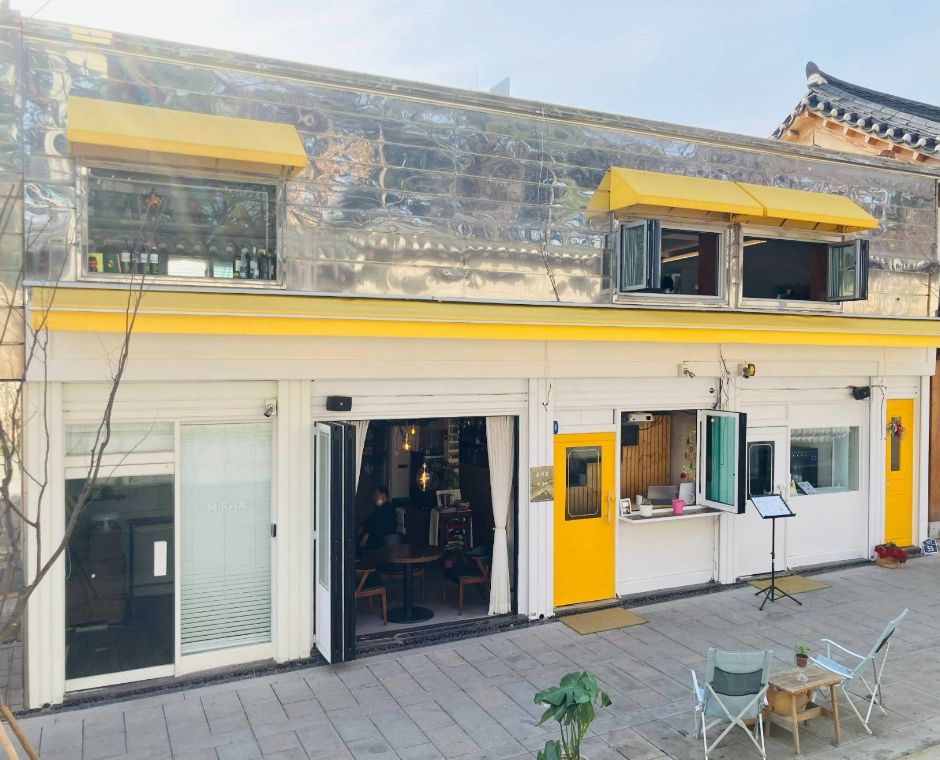
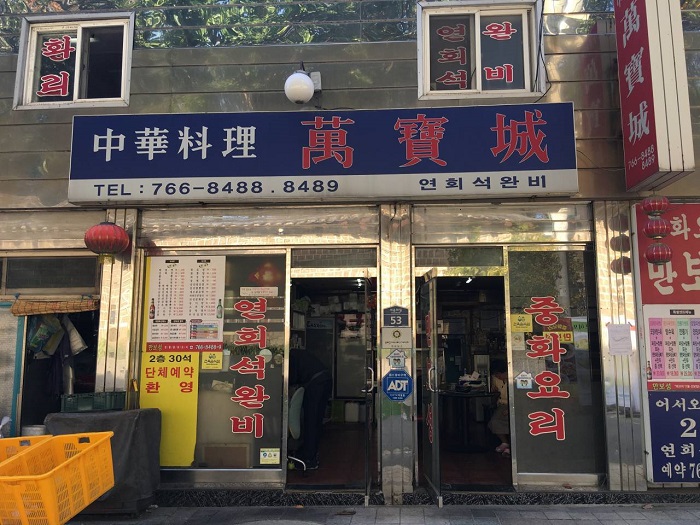
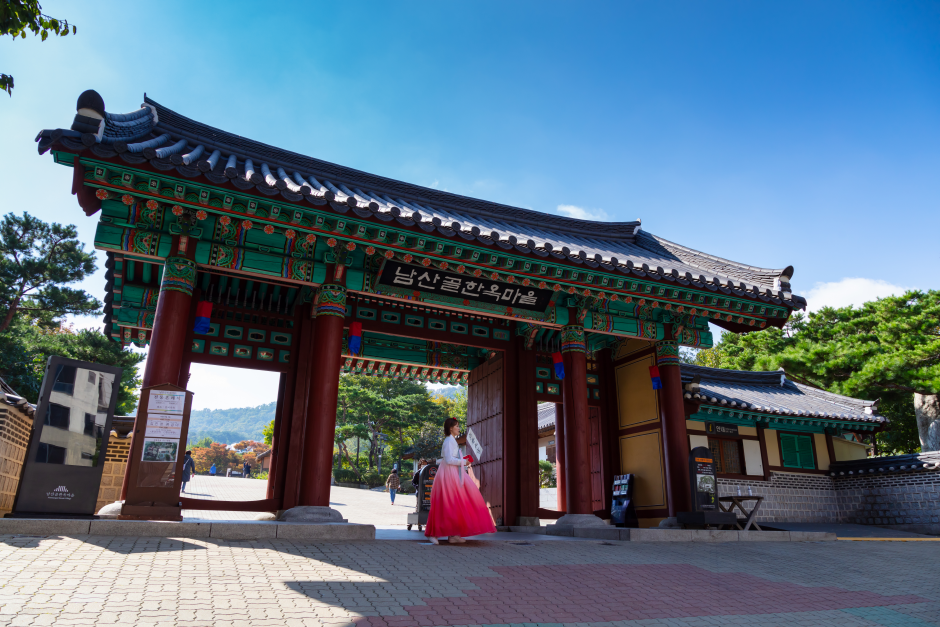
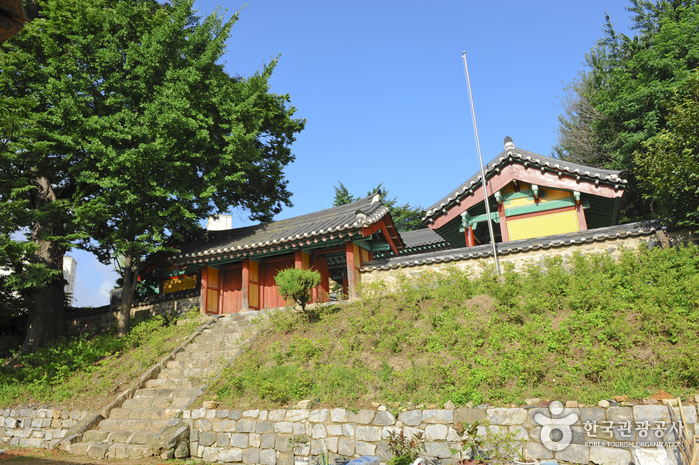

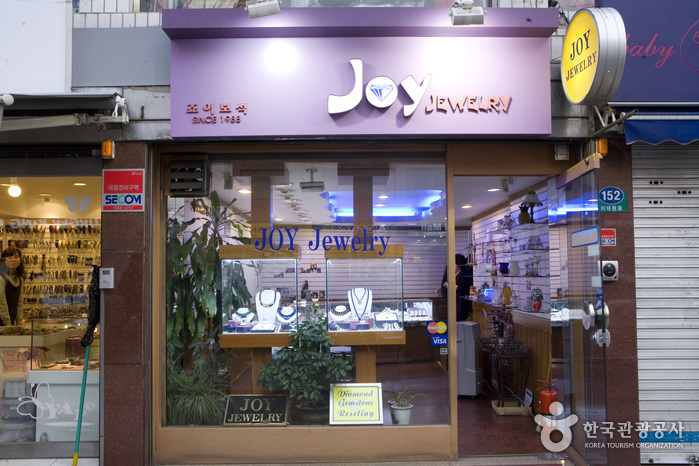
![Changdeokgung Palace Complex [UNESCO World Heritage Site] (창덕궁과 후원 [유네스코 세계유산])](http://tong.visitkorea.or.kr/cms/resource/03/3092503_image2_1.jpg)
![Lotte Mart - Siheung Branch [Tax Refund Shop] (롯데마트 시흥점)](http://tong.visitkorea.or.kr/cms/resource/50/2887850_image2_1.jpg)
 English
English
 한국어
한국어 日本語
日本語 中文(简体)
中文(简体) Deutsch
Deutsch Français
Français Español
Español Русский
Русский